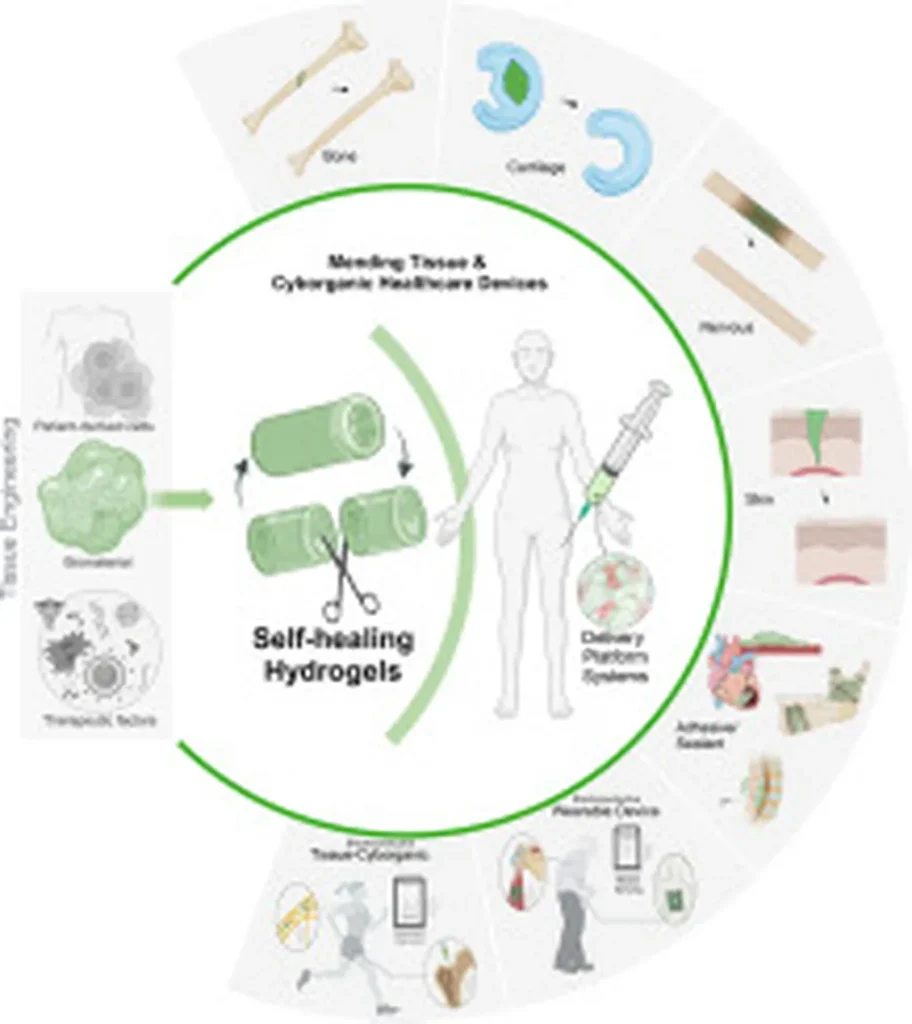In the realm of biomedical engineering, a groundbreaking study led by Yisheng Gao from Nantong University in China is making waves, with potential implications that could ripple through the construction industry. Published in the journal *Bioactive Materials* (which translates to *活性材料* in Chinese), the research focuses on advancing neural regeneration using adaptable hydrogels enriched with magnesium ions (Mg2+) and silk fibroin. This innovative approach aims to facilitate endogenous cell infiltration and macrophage polarization, offering a novel pathway for tissue repair and regeneration.
Gao and his team at the Key Laboratory of Neuroregeneration of Jiangsu and Ministry of Education have developed a hydrogel that not only supports but actively enhances the body’s natural healing processes. “Our hydrogel is designed to be adaptable, mimicking the extracellular matrix found in human tissues,” explains Gao. “This adaptability is crucial for promoting cell infiltration and guiding the polarization of macrophages, which are key players in the immune response and tissue repair.”
The implications of this research extend beyond the medical field. In the construction industry, the development of advanced materials that can adapt to their environment and promote self-healing is a game-changer. Imagine buildings with surfaces that can repair micro-cracks or materials that can adapt to changing environmental conditions, reducing maintenance costs and increasing longevity.
“This research is a significant step forward in the development of smart materials,” says Gao. “The principles we’ve applied in neural regeneration can be translated to other fields, including construction, where adaptable and self-healing materials are in high demand.”
The potential commercial impacts for the energy sector are also substantial. For instance, pipelines and other infrastructure could benefit from materials that can self-repair, reducing the risk of leaks and failures. This could lead to more efficient and reliable energy distribution systems, ultimately lowering costs and improving safety.
While the research is still in its early stages, the findings published in *Bioactive Materials* offer a glimpse into a future where materials science and biology converge to create innovative solutions. As Gao and his team continue to refine their hydrogel technology, the construction and energy sectors are likely to keep a close eye on these developments, eager to harness the potential of adaptable, self-healing materials.
In the words of Gao, “The future of materials science lies in our ability to learn from nature and apply those principles to create materials that are not only functional but also adaptive and self-sustaining.” This philosophy is set to shape the next generation of construction and energy technologies, paving the way for a more resilient and efficient future.

